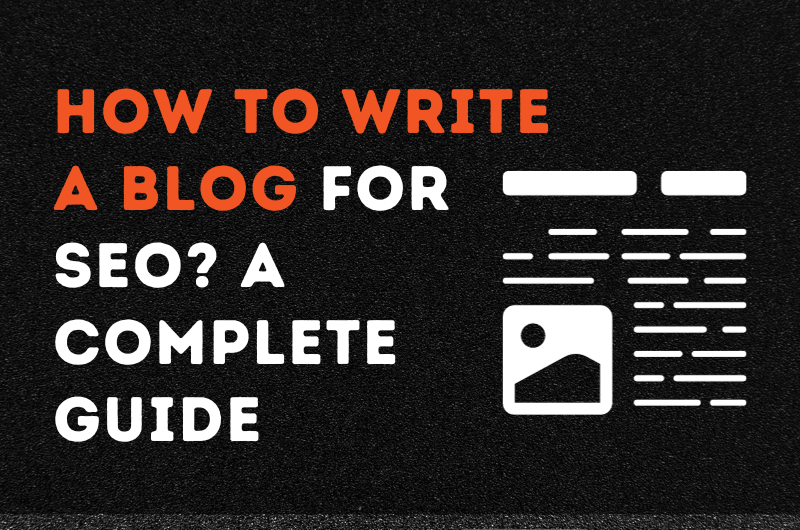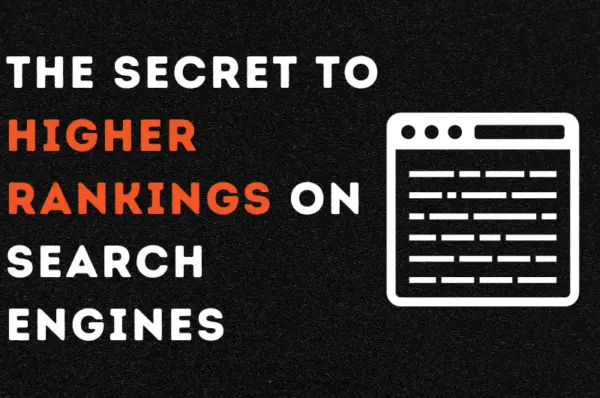You may be an adept writer, but do you know how to write a blog that will rank higher on SERPs? If you don’t know, we are here with a comprehensive guide just for you.
Blog writing requires a lot of effort. You have to learn about the topic, develop a clear structure, and then write without any factual or grammatical errors. But what’s the purpose if no one is reading it? All of your effort goes to waste.
To help you write blogs that attract people, you will need to learn about search engine optimisation. So in this blog, we will provide you with a complete guide on how to write a blog optimised for SEO. By following this guide, you will attract readers who are interested in your blog and who will come back for more. Let’s begin.
If you want to create valuable content for your readers, Contact Us!
How to Write a Blog for SEO in 7 Easy Steps
This guide has been created for people writing blogs but not getting any traffic. Following the steps below will allow you to rank higher on search engines while engaging your audience, which can benefit from your blogs. Follow these instructions through to the end to see an increase in your readership.
1. Conduct Keyword Research
Keyword research is highly important for not only blogs but also for publishing any type of content online. If you are posting content without conducting thorough research, you are shooting in the dark. Conduct keyword research to understand what your audience is searching for and make a list of all relevant keywords.
Click here for a complete guide on carrying out keyword research.
2. Select a Focus Keyword
After you have listed all of the relevant keywords, you will need to select one that works best for you. Choosing a keyword that has low keyword difficulty will allow you to easily rank for it. You can also use long-tail keywords to attract a specific audience that is more likely to read your blog.
3. Write Your Blog and Be Original
Now that you have chosen a keyword you can start writing. Write a blog that is easier to read and uses a conversational tone to rank higher in SERPs. Ensure that your blog is grammatically and factually correct. But, you are probably an experienced writer so we will leave that up to you.
4. Break Your Content into Relevant Subheadings
After the last step, you will have created content that revolves around a focus keyword. Now break this content down into relevant headings and subheadings. Ensure that you sprinkle your focus keyword across your headings. In addition, if you have long paragraphs, divide them so they are not longer than 5–6 sentences each.
5. Optimise On-Page Elements
Next, you will need to optimise on-page SEO elements such as tags, meta title and description. Add the focus keywords in your description and the title to rank higher for those keywords.
6. Add Internal and External Links
You are not done yet; search engines rank your pages for their integration and their relevance. Add internal and external links to prove to algorithms that your content is of high value. Link building also enhances your authority on the topic.
7. Add and Optimise Images
The last step on your journey to becoming an influential blogger is adding and optimising your images and other media files. This is important as they are large in size and can slow down your website. Search engines also rank you for having a high-performing website.
If you are looking for SEO services in London, visit SEO Syrup!
A Quick Summary
Writing a blog requires a lot of effort, and it can all go to waste if you do not know how to write a blog for SEO. You may be an adept writer, but if you are not implementing SEO, you will not get organic traffic. Nevertheless, it is still very simple to attract the right readership with the help of SEO.
Firstly, you will need to conduct thorough keyword research and select a keyword that works best for you. Then, you can start writing your blog, but make sure that you are not copying from other sources. Now that you have a first draft, divide it into headings and subheadings to enhance readability. Next, optimise on-page elements and add links to enhance your blog’s relevance. Last but not least, make sure that your images are added and optimised.
You can also avoid all this hassle with the help of SEO Syrup! We provide you with a team of SEO experts who understand the complexities of SEO and provide you with engaging content for your audience. Get an instant quote now!



